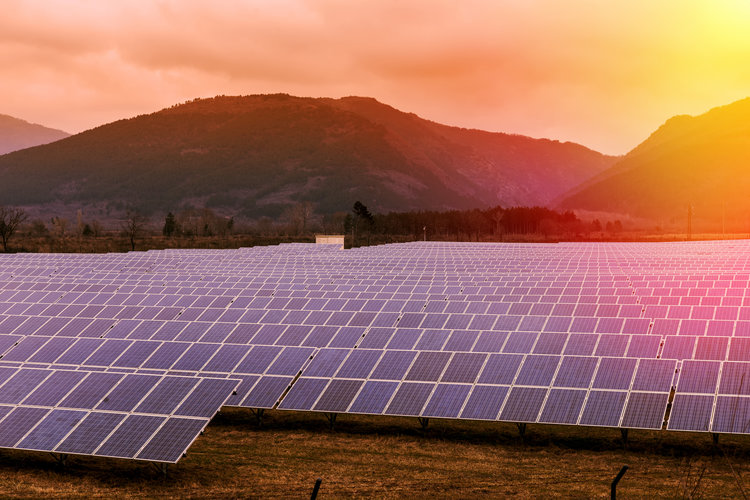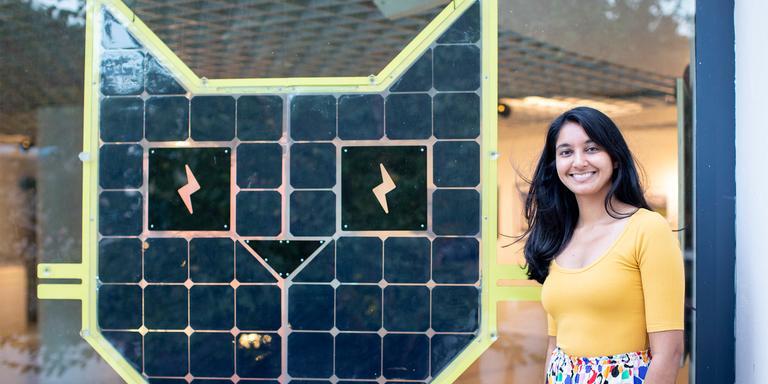Community solar is one of the newest and most innovative avenues for everyday people to support renewable energy. Solar gardens provide significant savings on electricity costs to the households and small businesses that subscribe to them, even as they generate revenue for the towns where they’re located. It can sound too good to be true: if community solar subscribers are earning a discount from the very beginning, then who is paying?
Table of Contents
Financing Community Solar
Like any other business venture, community solar projects need investors. The majority of financing for community solar projects comes from the private sector, and dozens of firms have sprung up around the country that focus specifically on these projects. In New York alone, their numbers include Distributed Sun, Lever Energy Finance, and C2 Energy Capital. As community solar continues to grow, household names like Morgan Stanley are also getting into financing community solar projects: one of its subsidiaries has dedicated $25 million to community solar. Solar developers employ this initial financing to build the project, earning money to pay back their investors from three key sources:
- Customers’ subscriptions: When you subscribe to a portion of your local solar farm, your energy bill goes to support the project. This provides a consistent source of revenue for the projects.
- Renewable energy credits: In states like New York and Massachusetts, utilities are required to have a certain proportion of the electricity passing over their grid come from renewable energy. In both of these states, they get credit for this through the purchase of credits from renewable energy producers.
- Tax incentives: In the short term, tax incentives may continue to provide security for investors. Often paid out over the first years of a project’s existence, these are a guaranteed return for investors, and thus can help drive more financing for these projects.
Why give incentives for solar?
Tax incentives exist not because of some special interest connection (fossil fuel lobbyists still vastly outnumber clean energy lobbyists in Washington), but because they pay for themselves many times over. Increased solar investment makes our air cleaner, lowers our dependence on imported fuel, creates local blue-collar jobs in installation and maintenance; and these and other benefits mean that for every dollar invested in solar through these tax credits, the taxpayer has seen approximately $2.20 in economic benefit, according an NREL study. If you’re interested in a deeper dive into government subsidies for solar energy, our blog post from September covers this thoroughly.
Solar energy: the cheap fuel of the future
Moreover, unlike fossil fuels, solar tax credits are scheduled to be phased out over the next five years. Solar is already cheaper than fossil fuels in many parts of the world, and given that a large piece of these costs come from customer acquisition and permitting processes, there is substantial room to lower costs in the US. With continued innovation by companies like Solstice that are working to reduce the “soft costs” of solar, solar will thrive without subsidies–providing substantial economic and quality-of-life benefits to communities around the world.




